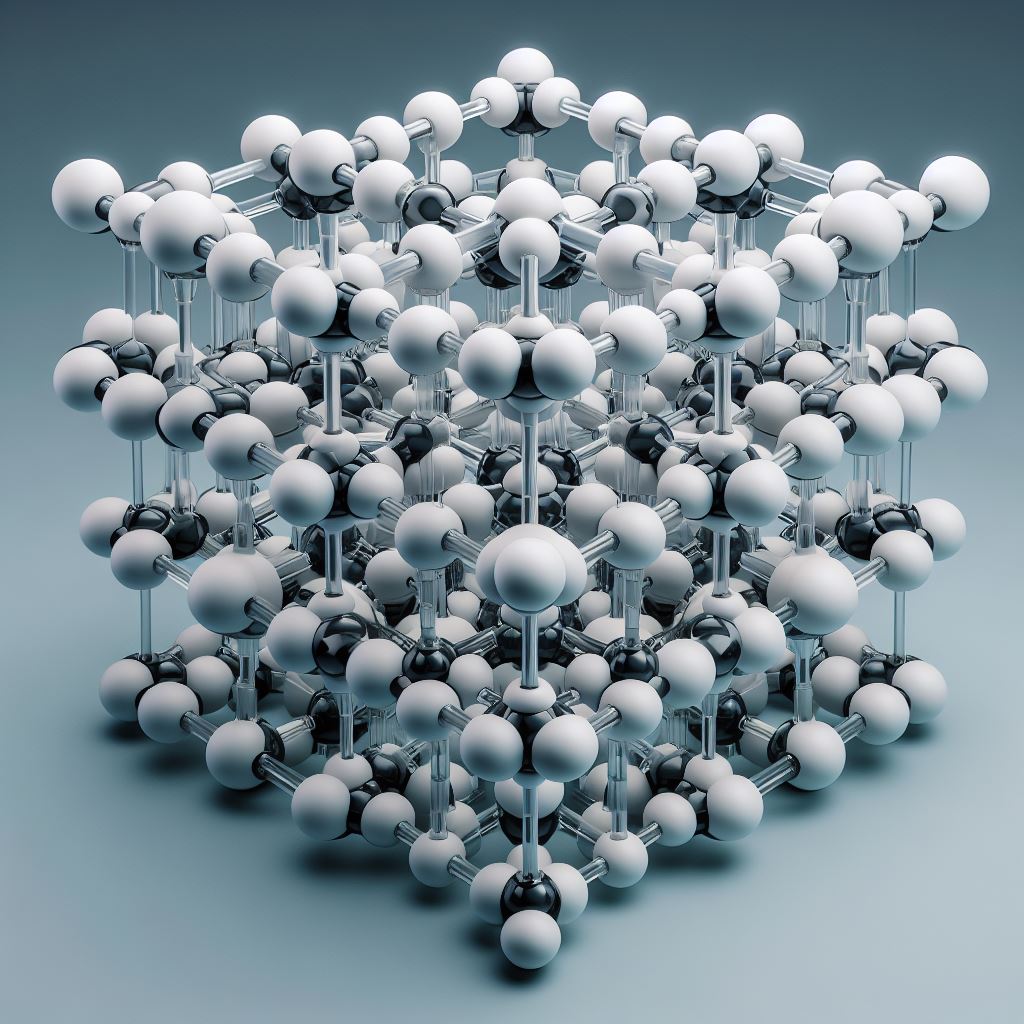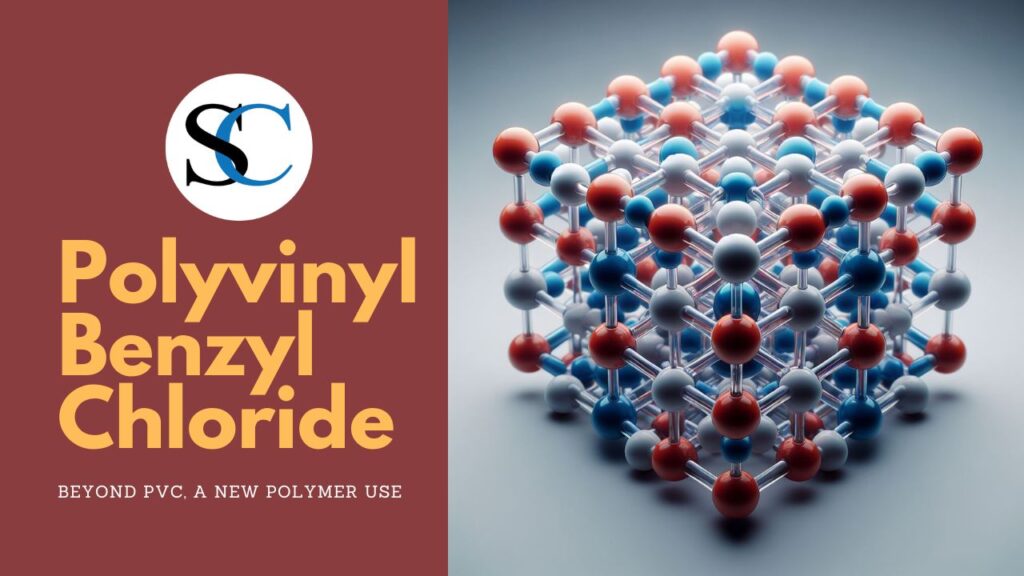Polyvinyl chloride (PVC) exists in everything from pipes and building materials to clothing and toys. However, PVC has come under scrutiny in recent years due to environmental and health concerns. This has led researchers to explore alternative polymers with similar properties but potentially less harmful drawbacks. One such candidate is polyvinyl benzyl chloride (PVBC).
What is Polyvinyl Benzyl Chloride (PVBC)?
PVBC shares some similarities with PVC. Both are formed by the polymerization of vinyl chloride monomers. However, in PVBC, a benzyl group (a benzene ring with a single attached methyl group) is attached to some of the vinyl chloride monomers. This seemingly minor change in structure can significantly alter the properties of the resulting polymer.
Potential Advantages of PVBC over PVC
- Improved Biodegradability: One of the biggest drawbacks of PVC is its slow degradation rate. PVC persists in landfills for centuries, contributing to plastic pollution. PVBC, due to the presence of the benzyl group, shows promise for enhanced biodegradability. The benzyl group might make PVBC more susceptible to microbial breakdown, potentially reducing its environmental footprint.
- Reduced Leaching of Harmful Additives: PVC often relies on additives like phthalates to improve flexibility. These additives can leach out of the plastic and pose potential health risks, particularly for children. The structure of PVBC might inherently make it more flexible, reducing the need for such additives and the associated health concerns.
- Potential for New Applications: The properties of PVBC might differ from PVC, opening doors for new applications. The benzyl group could influence factors like stiffness, chemical resistance, and thermal stability. This could make PVBC suitable for uses where PVC isn’t ideal, such as in high-performance applications requiring greater heat tolerance or in medical devices where biocompatibility is crucial.

Current Stage of Development and Challenges
Research on PVBC is ongoing. While it shows promise as a more sustainable alternative to PVC, further studies are needed to fully understand its properties, processing methods, and potential environmental impact. For instance, a key challenge is developing cost-effective production techniques for PVBC to compete with the well-established PVC industry. Additionally, a thorough life cycle assessment is needed to ensure that PVBC’s biodegradability translates to a reduced environmental impact throughout its lifecycle, from production and use to disposal.
The Road Ahead for PVBC and Beyond
PVBC represents a step towards more sustainable plastics. As research progresses, it’s crucial to evaluate its complete life cycle – from production to disposal – to ensure it offers a genuine environmental benefit. If successful, PVBC could pave the way for a new generation of plastics that are both functional and environmentally responsible.
Looking Beyond PVBC: The Broader Search for Sustainable Plastics
The quest for sustainable alternatives to traditional plastics is an ongoing endeavor. Researchers are exploring various avenues beyond PVBC. This includes:
- Bioplastics: These are plastics derived from renewable resources like plant starches or cellulose. Bioplastics can offer a more sustainable alternative to traditional plastics, as they are typically biodegradable and have a lower carbon footprint during production.
- Self-healing Polymers: These are polymers that can repair themselves when damaged, potentially extending their lifespan and reducing the need for replacements.
- Improved Recycling Technologies: Advancements in recycling technologies could allow for more efficient and cost-effective recycling of traditional plastics, reducing reliance on virgin plastic production.
Conclusion: Polyvinyl Benzyl Chloride
Polyvinyl benzyl chloride offers a glimpse into the future of plastics. It’s a reminder that innovation can play a key role in addressing environmental challenges. While there’s still work to be done, PVBC holds promise for a more sustainable future for plastic materials. The broader search for sustainable plastics through various approaches like bioplastics and improved recycling technologies offers a multi-pronged attack on plastic pollution. By continuing to invest in research and development, we can move towards a future where plastics are no longer a threat to the environment but rather valuable tools used responsibly.
Chlorinated Poly Vinyl Chloride: What You Need To Know





